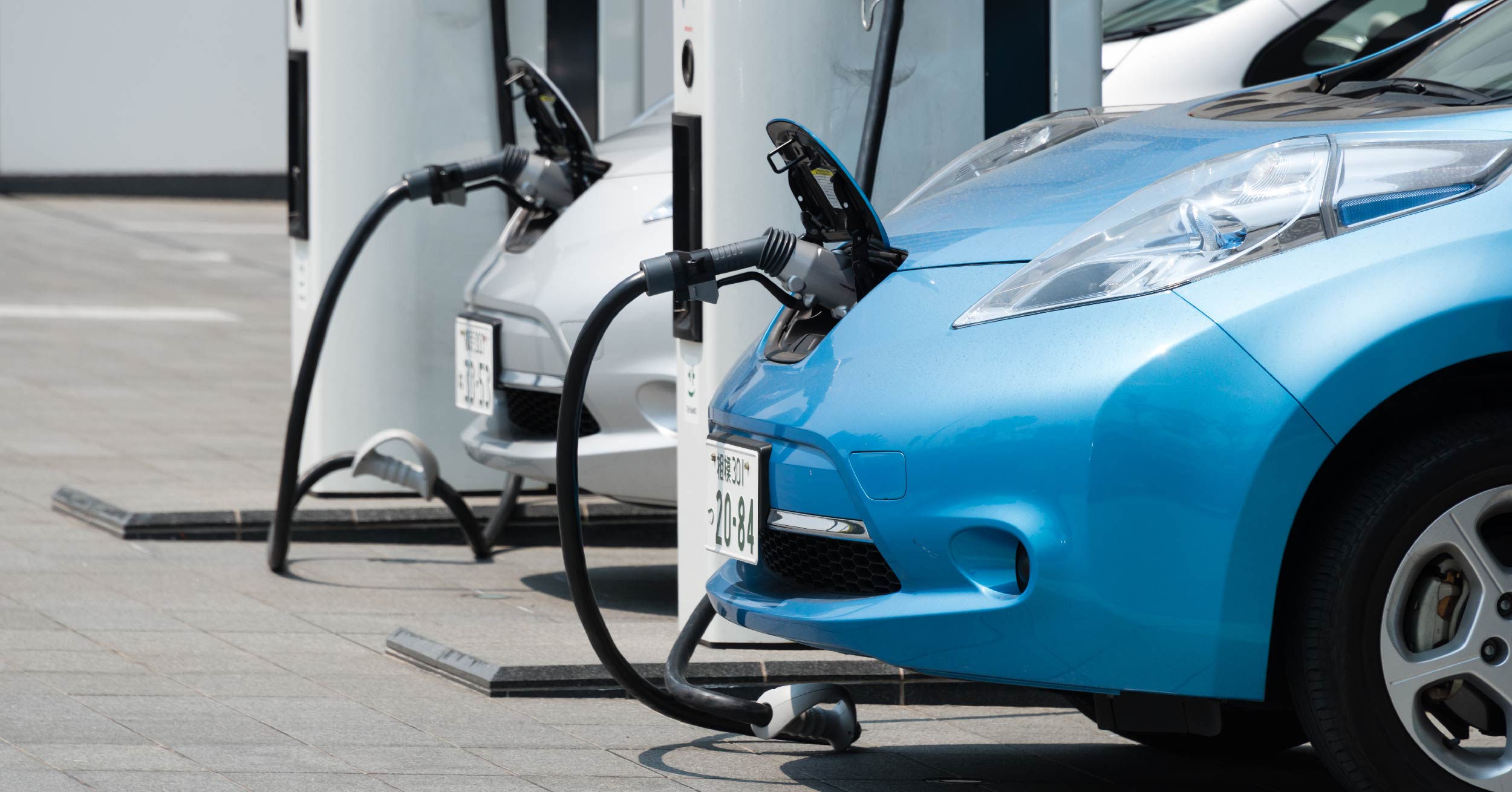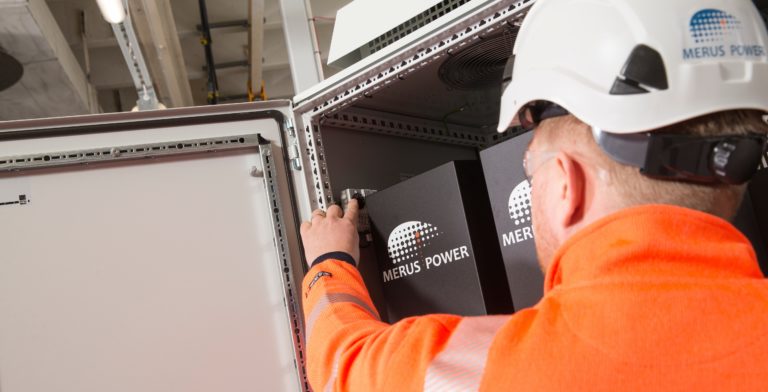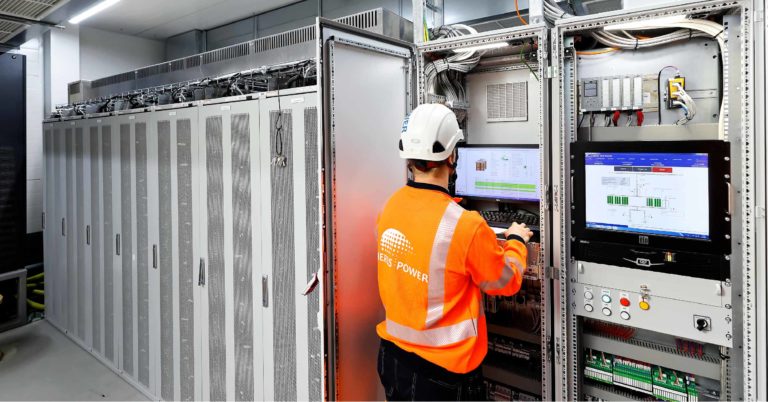EV charging stations face a common challenge where the combined power of the chargers typically surpasses the allowable maximum load for the transformer in the design phase. As a result, it becomes necessary to have the ability to limit the charging power when all chargers are in use. However, by incorporating a battery energy storage system into the fast-charging station, there is no longer a need to limit the maximum charging power on an individual charger basis. This breakthrough enables faster charging times, leading to enhanced customer satisfaction and increased revenue for the charging station operator.
When an existing charging station is linked to the grid and reaches its maximum capacity, it gets denied new connection permission and is unable to accommodate additional chargers. This obstacle may be overcome by expanding the grid, but this can prove to be rather expensive. A more economical alternative is enhancing the grid with a battery energy storage system. Merus Power’s battery energy storage system features a modular design that seamlessly adapts to the number of chargers, and its compact structure allows the modules to be effortlessly connected to the same transformer.
Additionally, Merus® ESS can have other revenue streams such as energy market arbitrage and power market for frequency regulation, which lowers the return on the investment (ROI) on the system level of the entire charging station.


